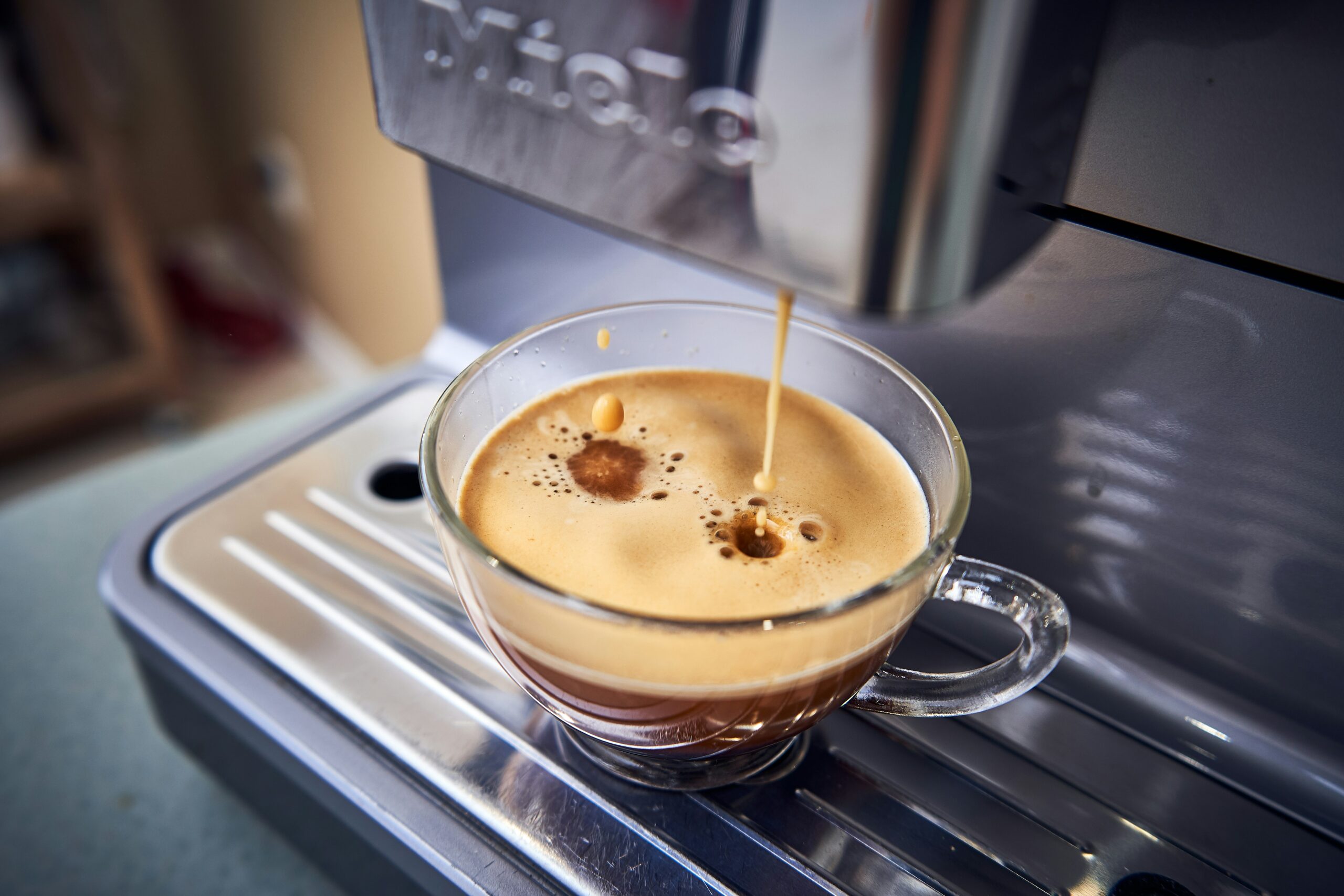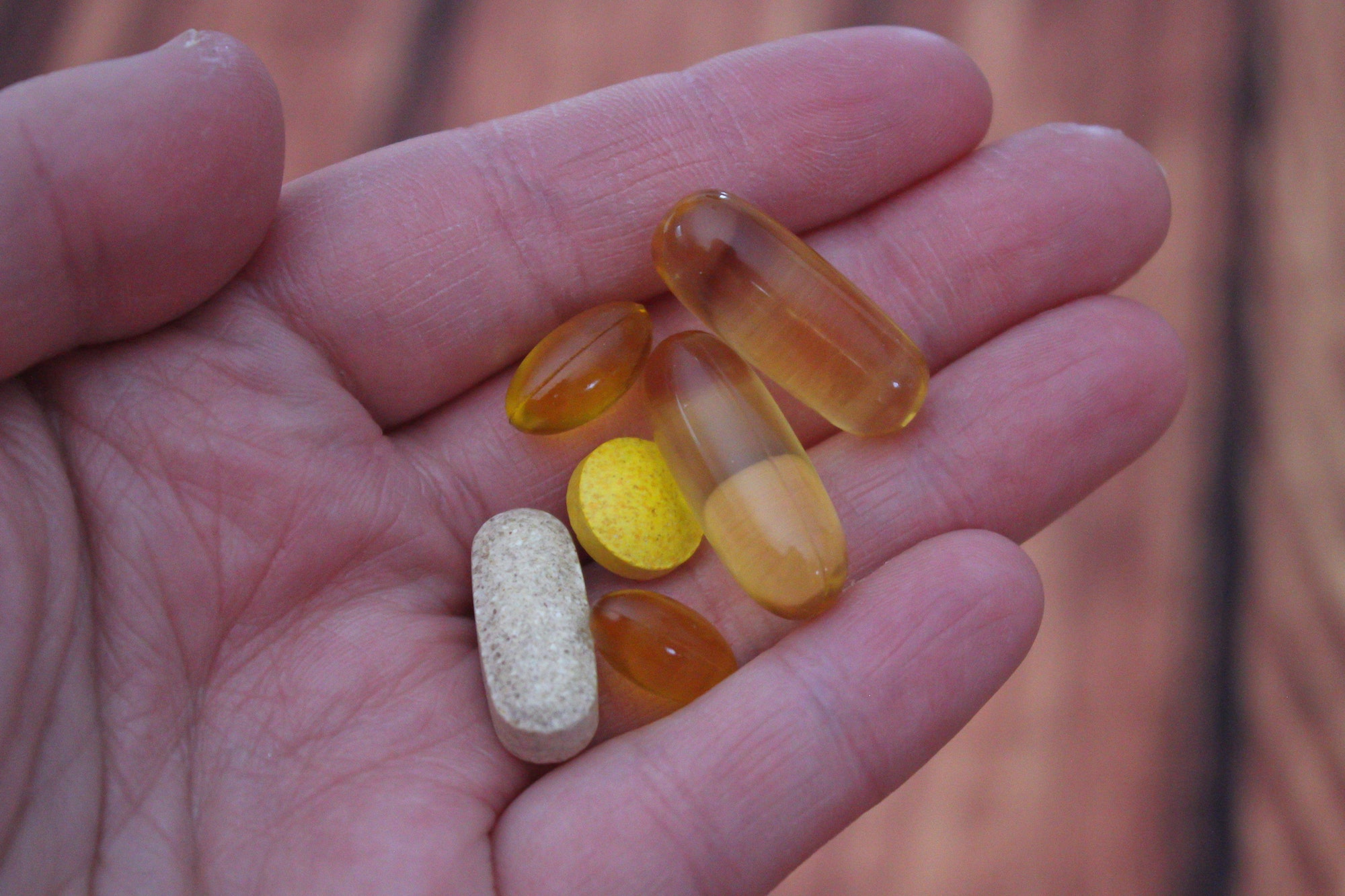Coffee is a staple for many people worldwide, serving as a daily ritual to jumpstart their mornings. While much focus is placed on the type of coffee beans, brewing methods, and the machines used, one critical aspect often overlooked is the cleanliness of the coffee maker. A clean coffee maker not only ensures the best tasting coffee but also prolongs the life of your machine. This guide aims to provide detailed instructions on how to clean various types of coffee makers, maintain their optimal performance, and troubleshoot common issues.
Why Cleaning Your Coffee Maker is Important
Regularly cleaning your coffee maker is crucial for several reasons:
Health and Safety
A dirty coffee maker can harbor mold, yeast, and bacteria, which can be harmful to your health. Studies have shown that coffee makers are among the top five germiest places in the home. Regular cleaning eliminates these health risks.
Taste and Quality
Coffee residue, oils, and mineral deposits from water can build up in your coffee maker, affecting the flavor of your coffee. Cleaning your machine ensures that each cup tastes as fresh and flavorful as possible.
Longevity of the Machine
Mineral buildup and coffee residue can impair the functionality of your coffee maker, leading to potential malfunctions or a shorter lifespan. Regular maintenance helps keep your machine running smoothly for a longer period.
Efficiency
A clean coffee maker operates more efficiently. Mineral deposits can clog the water flow, making your coffee maker work harder and longer to brew a pot of coffee. By keeping it clean, you ensure optimal performance.
Materials Needed
Before starting the cleaning process, gather the following materials:
- White vinegar or commercial coffee maker descaler
- Fresh water
- Dish soap
- Baking soda
- A soft cloth or sponge
- Paper filters (for drip coffee makers)
- A small brush or toothbrush
- Lemon juice (optional)
- Cleaning tablets (for some single-serve coffee makers and espresso machines)
- Toothpicks or cotton swabs (for hard-to-reach areas)
General Cleaning Instructions
Daily Cleaning
- Empty the Carafe: After each use, empty the carafe and discard any remaining coffee grounds or pods.
- Wash Removable Parts: Wash the carafe, brew basket, and any other removable parts with warm, soapy water. Rinse thoroughly.
- Wipe Down the Machine: Use a damp cloth to wipe down the exterior of the coffee maker, including the warming plate if your machine has one.
- Dry Completely: Allow all parts to air dry or dry them with a clean towel before reassembling the coffee maker.
Weekly Cleaning
- Clean the Carafe with Baking Soda: For stubborn stains, fill the carafe with warm water and add a few tablespoons of baking soda. Let it sit for 30 minutes, then scrub and rinse thoroughly.
- Clean the Brew Basket and Reservoir: Remove the brew basket and water reservoir (if removable) and wash them with warm, soapy water. Use a small brush or toothbrush to scrub any tight spots.
- Run a Water-Only Brew Cycle: Run a full brew cycle with just water to flush out any remaining soap or residue.
Deep Cleaning Your Coffee Maker
Monthly Deep Cleaning
- Prepare the Cleaning Solution: Fill the water reservoir with a solution of equal parts white vinegar and water. Alternatively, you can use a commercial descaler according to the manufacturer’s instructions.
- Run the Brew Cycle: Start a brew cycle. Halfway through, turn off the machine and let the solution sit for 30-60 minutes to break down any buildup.
- Complete the Brew Cycle: After the waiting period, resume the brew cycle and let it finish.
- Rinse Thoroughly: Fill the reservoir with fresh water and run several brew cycles to rinse out any remaining vinegar or descaler solution. Repeat until there is no vinegar smell or taste.
Quarterly Deep Cleaning
- Disassemble and Soak Parts: Disassemble removable parts like the carafe, brew basket, and reservoir. Soak them in a mixture of warm water and vinegar for at least 30 minutes.
- Scrub with Baking Soda: For any stubborn stains or buildup, sprinkle baking soda on a damp cloth or sponge and scrub the affected areas.
- Clean the Exterior: Wipe down the exterior of the machine with a solution of vinegar and water.
- Rinse and Dry: Rinse all parts thoroughly with water and dry completely before reassembling the coffee maker.
Cleaning Different Types of Coffee Makers
Drip Coffee Makers
- Daily Maintenance: Follow the general daily cleaning steps mentioned earlier.
- Monthly Deep Cleaning: Use the vinegar and water solution method to descale your drip coffee maker.
- Filter Basket and Carafe: Ensure the filter basket and carafe are cleaned regularly to prevent coffee residue buildup.
Single-Serve Coffee Makers (e.g., Keurig)
- Empty the Drip Tray: Regularly empty and clean the drip tray.
- Clean the Needle: Use a paper clip or a specialized cleaning tool to clean the needle that punctures the coffee pods.
- Descaling: Use a descaling solution or vinegar to clean the internal components. Follow the manufacturer’s instructions for best results.
- Rinse Cycles: Run several water-only cycles to remove any cleaning solution residue.
French Press
- Disassemble: Take apart the plunger, filter, and any other removable parts.
- Wash: Wash all parts with warm, soapy water. Use a brush to clean the mesh filter thoroughly.
- Rinse and Dry: Rinse all parts thoroughly and allow them to air dry.
- Deep Cleaning: For a more thorough clean, soak the parts in a mixture of water and vinegar once a month.
Espresso Machines
- Backflush: Use a blind filter and a cleaning tablet to backflush your espresso machine according to the manufacturer’s instructions.
- Descale: Use a commercial descaler to remove mineral deposits from the boiler and internal components.
- Clean the Steam Wand: Wipe down the steam wand after each use and purge it to remove any milk residue. Deep clean it by soaking in a solution of warm water and vinegar.
- Group Head: Brush the group head regularly to remove coffee grounds and oils.
Percolators
- Disassemble: Take apart the percolator, including the basket, tube, and lid.
- Wash: Wash all parts with warm, soapy water.
- Clean the Interior: Use a mixture of water and vinegar to clean the interior. Fill the percolator with the solution and let it run through a brewing cycle.
- Rinse Thoroughly: Rinse all parts with fresh water to remove any vinegar residue.
Maintenance Tips
- Use Filtered Water: Using filtered water can reduce mineral buildup in your coffee maker.
- Regular Descaling: Make descaling a regular part of your cleaning routine, especially if you have hard water.
- Replace Parts as Needed: Check the condition of your coffee maker’s parts, such as the filter basket and carafe, and replace them if they show signs of wear.
- Avoid Leaving Coffee in the Carafe: Don’t let coffee sit in the carafe for extended periods. Empty and clean it promptly.
- Store Properly: If you store your coffee maker for an extended period, ensure it is clean and dry to prevent mold and mildew growth.
Troubleshooting Common Issues
Bad Tasting Coffee
- Clean the Machine: Ensure your coffee maker is clean and free of old coffee oils and residues.
- Use Fresh Coffee: Use fresh, high-quality coffee beans and store them properly to maintain freshness.
- Check Water Quality: Use filtered water to avoid off-flavors from tap water.
Slow Brewing
- Descale the Machine: Mineral buildup can slow down the brewing process. Descale your coffee maker regularly.
- Clean the Brew Basket: Make sure the brew basket is clean and not clogged with coffee grounds.
Leaking Coffee Maker
- Check Seals and Gaskets: Inspect the seals and gaskets for wear and tear and replace them if necessary.
- Ensure Proper Assembly: Make sure all parts are assembled correctly and securely.
Coffee Maker Not Brewing
- Check Power Supply: Ensure the coffee maker is plugged in and the outlet is working.
- Descale the Machine: Mineral buildup can block the water flow. Descale your machine to clear any blockages.
- Clean the Water Reservoir: Ensure the water reservoir is clean and properly seated in the machine.
Frequently Asked Questions about Cleaning a Coffee Maker
How often should I clean my coffee maker? It’s recommended to clean the removable parts after each use, do a deeper cleaning weekly, and descale your coffee maker at least once a month.
Can I use vinegar to clean my coffee maker? Yes, vinegar is an effective and natural cleaner for descaling and removing mineral deposits.
How do I clean a single-serve coffee maker like a Keurig? Regularly clean the drip tray, descale the machine with a vinegar solution, and use a paper clip to clean the needle that punctures the coffee pods.
What should I use to clean the exterior of my coffee maker? A damp cloth with a mild detergent or a mixture of vinegar and water can be used to wipe down the exterior.
Can I put my coffee maker parts in the dishwasher? Check the manufacturer’s instructions, but many removable parts like the carafe and brew basket are dishwasher-safe.
How do I remove coffee stains from the carafe? Fill the carafe with warm water and add a few tablespoons of baking soda. Let it sit for 30 minutes, then scrub and rinse thoroughly.
What is descaling and why is it important? Descaling removes mineral buildup from the internal components of your coffee maker, ensuring optimal performance and longevity.
Can I use lemon juice instead of vinegar for cleaning? Yes, lemon juice can be used as an alternative to vinegar for a natural and effective cleaner.
How do I clean the steam wand on an espresso machine? Wipe down the steam wand after each use and purge it to remove milk residue. Soak it in a solution of warm water and vinegar for a deeper clean.
What’s the best way to clean a French press? Disassemble the parts, wash with warm soapy water, use a brush for the mesh filter, and rinse thoroughly.
How do I clean a drip coffee maker? Follow daily cleaning routines, weekly wash the removable parts, and monthly descale with a vinegar solution.
How do I clean a percolator coffee maker? Disassemble, wash all parts with soapy water, run a brewing cycle with a vinegar solution, and rinse thoroughly.
What is the best type of water to use in my coffee maker? Using filtered water can reduce mineral buildup and improve the taste of your coffee.
Can I use commercial descaling solutions? Yes, commercial descalers are effective and often recommended by coffee maker manufacturers.
Why does my coffee taste bad even after cleaning? Ensure all cleaning solution residues are thoroughly rinsed out, use fresh coffee beans, and check your water quality.
What should I do if my coffee maker is brewing slowly? Descale the machine to remove any mineral buildup that might be clogging the system.
How do I clean hard-to-reach areas of my coffee maker? Use a small brush, toothbrush, or cotton swabs to clean tight spots and crevices.
How can I prevent mold and bacteria in my coffee maker? Regularly clean and dry all parts, avoid leaving water or coffee sitting in the machine for long periods, and use filtered water.
How do I know when it’s time to descale my coffee maker? Signs include slower brewing times, odd tastes, or visible mineral deposits in the water reservoir.
Is it safe to use bleach to clean my coffee maker? Bleach is not recommended as it can be difficult to rinse out completely and can leave harmful residues.
Can I use baking soda to clean my coffee maker? Yes, baking soda is effective for scrubbing away stains and residues, especially in the carafe.
How do I clean the water reservoir? Remove and wash it with warm, soapy water, and use a vinegar solution if needed to remove mineral deposits.
Why does my coffee maker leak? Check seals and gaskets for wear and ensure all parts are properly assembled. Descale if mineral buildup is suspected.
How can I make sure all vinegar is rinsed out of my coffee maker? Run several brew cycles with fresh water until there is no vinegar smell or taste.
What happens if I don’t clean my coffee maker regularly? It can harbor bacteria and mold, affect the taste of your coffee, and potentially damage the machine over time.
Can cleaning tablets be used for all coffee makers? Check the manufacturer’s instructions, but many single-serve and espresso machines are compatible with cleaning tablets.
How do I clean a reusable coffee filter? Wash it with warm, soapy water after each use and soak in a vinegar solution periodically to remove buildup.
Can I use dish soap to clean my coffee maker? Yes, dish soap is suitable for washing removable parts but should be thoroughly rinsed off.
How do I clean a stainless steel coffee maker? Use a mixture of water and vinegar to descale, and a damp cloth with mild detergent to clean the exterior.
How can I keep my coffee maker in top condition? Regular cleaning, descaling, using filtered water, and replacing worn parts as needed will help maintain your coffee maker.
What’s the best way to store a coffee maker when not in use? Ensure it is clean and dry, and store it in a cool, dry place to prevent mold and mildew.
How do I clean a thermal carafe? Fill with warm water and baking soda, let sit, scrub with a brush, and rinse thoroughly.
Why does my coffee maker smell? This could be due to old coffee oils or mold. Clean and descale the machine to remove odors.
Can I use apple cider vinegar to clean my coffee maker? Yes, but it may leave a stronger smell than white vinegar, requiring more thorough rinsing.
What’s the best way to clean a coffee grinder? Disassemble removable parts, brush out coffee grounds, and occasionally use a grinder cleaning tablet.
How do I prevent coffee grounds from clogging my machine? Ensure the brew basket is properly placed, use the right grind size for your machine, and clean regularly.
Can I clean my coffee maker with just water? Water alone is not sufficient for deep cleaning and descaling, but running water-only cycles helps rinse out residues.
How do I clean a coffee maker with built-in grinder? Clean the grinder components separately as per the manufacturer’s instructions and follow regular coffee maker cleaning steps.
Are there any homemade solutions for descaling? A mixture of equal parts water and white vinegar is a popular and effective homemade descaling solution.
Is it necessary to clean my coffee maker if I use it infrequently? Yes, even infrequent use can lead to buildup and mold. Clean your coffee maker before and after storing it for long periods.
Conclusion
Cleaning your coffee maker is a vital aspect of maintaining the quality of your coffee and the longevity of your machine. By following the steps outlined in this guide, you can ensure that your coffee maker remains in top condition, providing you with delicious coffee for years to come. Regular maintenance and deep cleaning are essential practices that not only enhance the taste of your coffee but also protect your health and investment.



